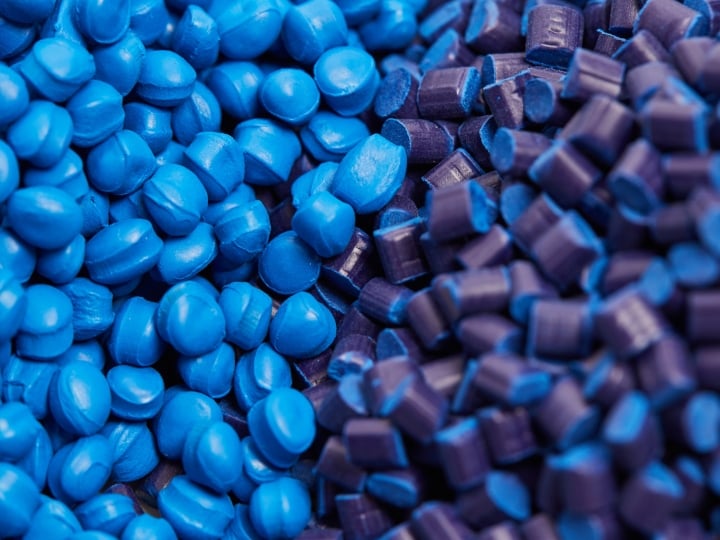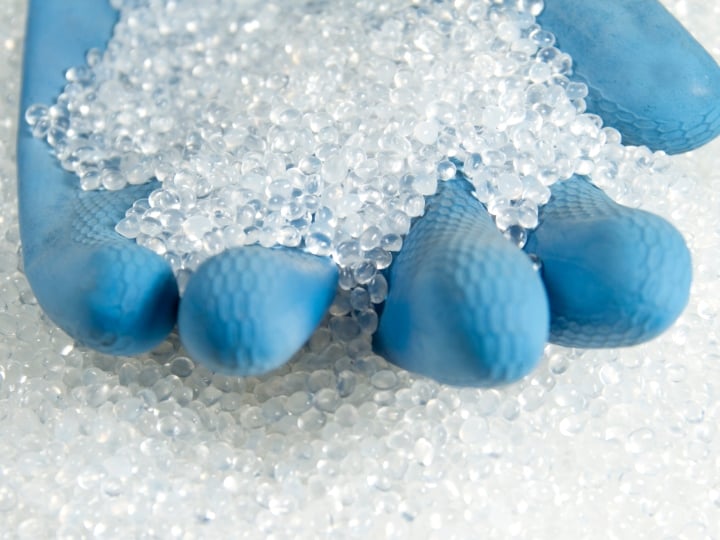Thermogravimetry thermal analysis (TGA) testing - ASTM E1131, ISO 11358
Thermogravimetric (TGA) analysis provides determination of endotherms, exotherms, weight loss on heating, cooling, and more. Materials analyzed by TGA include polymers, plastics, composites, laminates, adhesives, food, coatings, pharmaceuticals, organic materials, rubber, petroleum, chemicals, explosives and biological samples.
TGA materials analysis:
Thermogravimetric analysis uses heat to force reactions and physical changes in materials. TGA provides quantitative measurement of mass change in materials associated with transition and thermal degradation. TGA records change in mass from dehydration, decomposition, and oxidation of a sample with time and temperature. Characteristic thermogravimetric curves are given for specific materials and chemical compounds due to unique sequence from physicochemical reactions occuring over specific temperature ranges and heating rates. These unique characteristics are related to the molecular structure of the sample.
When used in combination with FTIR, Thermogravimetric Analysis / Infra-red spectroscopy (TGA/FTIR) is capable of detailed FTIR analysis of evolved gases produced from the TGA.
Scope:
Thermogravimetric Analysis measures the percent weight loss of a test sample while the sample is heated at a uniform rate in an appropriate environment. The loss in weight over specific temperature ranges provides an indication of the composition of the sample, including volatiles and inert filler, as well as indications of thermal stability
Test Procedure:
Set the inert (usually N2) and oxidative (O2) gas flow rates to provide the appropriate environments for the test. Place the test material in the specimen holder and raise the furnace. Set the initial weight reading to 100%, then initiate the heating program.
The gas environment is preselected for either a thermal decomposition (inert - nitrogen gas), an oxidative decomposition (air or oxygen), or a thermal-oxidative combination.
Specimen size:
10 to 15 milligrams
Data:
A plot of percent weight loss versus temperature.
Please note: this test description is intentionally generic in nature and aimed at providing a descriptive summary to enhance test understanding. Standards can be obtained from appropriate standard authorities.
TGA thermogravimetric capabilities:
- Compositional analysis of materials
- Decomposition temperatures
- Rate of degradation
- Product lifetimes
- Oxidative stability
- Flammability Testing of Polymers
- Thermal stability
- Determination of rancidity of edible oils
- Fingerprinting unknown polymers
- Moisture Content
- Volatile Organic Compounds (VOC) analysis
- Analysis of evolved gases using TGA/FTIR
- Competitive product evaluation
- Measurement of oil extender content in elastomers
- Effects of reactive atmospheres on materials
- Determination of inert filler or ash contents
- ASTM D6375 Noack Method
Polymers News and Events
Meet our team at K2025 Reach out now
LEARN how CircularAssure helps you to close the loop in the circular economy for plastics
TECHNICAL TALK: Circularity - Addressing Challenges in Material Development through Evaluation Programs
WHITE PAPER: Quality Assurance Strategies for Recycled Plastics
WHITE PAPER: Materials Characterisation for the Automotive Supply Chain
BROCHURE: Injection Moulding Test Specimen Production Catalogue
ARTICLE: Processability and evaluation programmes for recycled plastic materials
ARTICLE: Adhesives Quality Assurance Testing Programs
CASE STUDY: Polymer Surface Contamination Resolution
CASE STUDY: Elastomer Seal Material Failure
CASE STUDY: Polymer Failure - Distribution and Dispersion of Fillers


